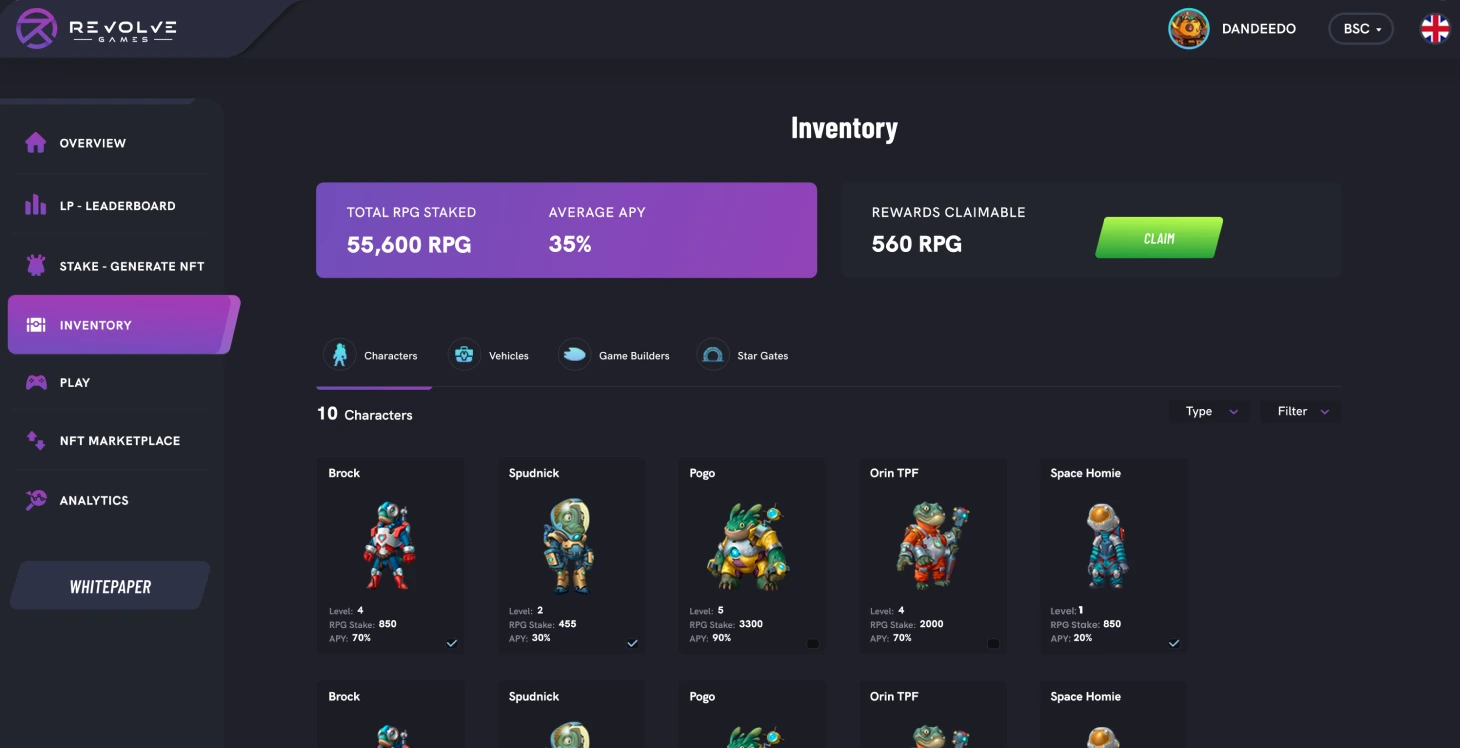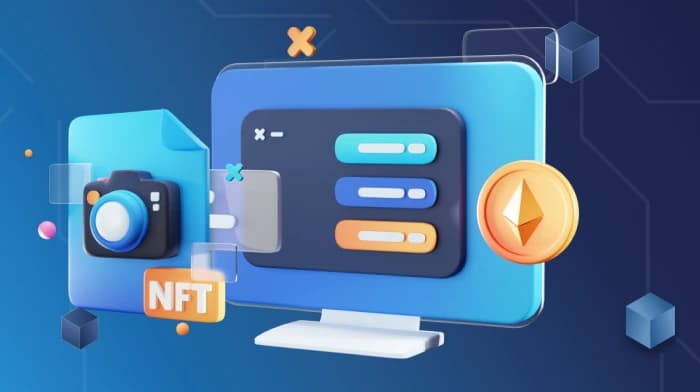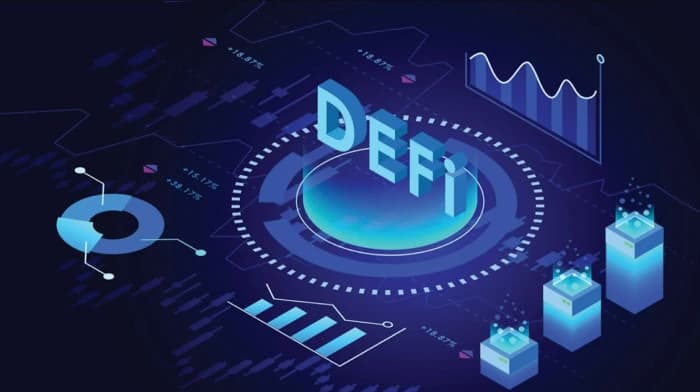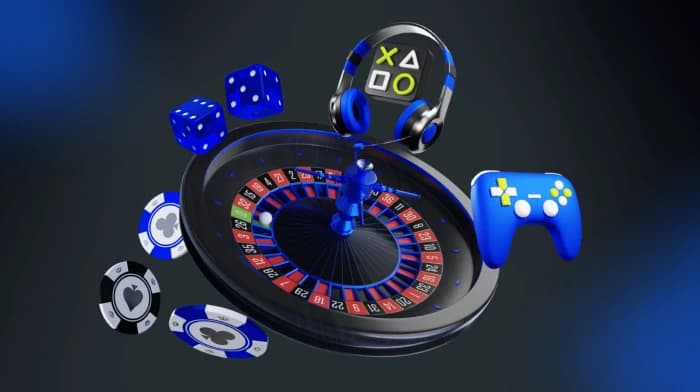
Project Overview
A major breakthrough came when a complex gaming ecosystem was built, combining top-tier gaming experiences with features made possible by blockchain technology. This new platform proved resilient, staying up 99.94% of the time. At its peak, it could handle 50,000 players at once without a hitch.
The system's architecture is set up in a way covering everything from gaming clients to web applications and administrative systems. This design makes it easy for the wallet to work smoothly across platforms, those using Ethereum and Binance Smart Chain networks.
Introduction to the Main Points
At the top is an overview setting the stage for what's to come.
A major breakthrough came when a complex gaming ecosystem was built, combining top-tier gaming experiences with features made possible by blockchain technology. This new platform proved resilient, staying up 99.94% of the time. At its peak, it could handle 50,000 players at once without a hitch.
The system's architecture is set up in a way covering everything from gaming clients to web applications and administrative systems. This design makes it easy for the wallet to work smoothly across platforms, those using Ethereum and Binance Smart Chain networks.
A major breakthrough came with the introduction of a token economy infrastructure, which made it possible to manage assets across chains. This innovation led to a reduction in transaction costs - a 65% decrease - all while keeping settlement times incredibly fast at under three seconds.
We managed to cut down the time it takes to deploy from 4 hours to 12 minutes by setting up automated pipelines for integration and deployment. This made a difference as it allowed us to try out game mechanics and DeFi features much faster.
The introduction of integrated reward mechanisms led to a boost in player retention with a 40% improvement. This upward trend was mirrored in the number of users, which soared by 180% over the course of six months.
The gaming world is starting to see the potential of blockchain tech. This isn't about slapping a label on old ideas. It's about creating a whole new way for people to really own the digital stuff they buy in games.
The Challenge
When gaming and decentralized finance come together, things get complicated. For one, traditional gaming systems just aren't set up to work seamlessly with blockchain technology. This means that players often have to deal with a patchwork of experiences, and it's tough to take their in-game assets with them from one place to another.
The biggest challenges were:
- Making sure the system could handle gameplay interactions in under 100ms without messing up the integrity of transactions on the blockchain
- Working with wallet providers all while keeping everything secure
- Handling tens of thousands of users at the same time
- Managing assets reliably while being transparent about how tokens work
- Making sure transactions between different chains were efficient
There were hurdles to clear, particularly when it came to meeting regulations that applied to both the gaming and financial worlds. Keeping data in sync between the blockchain and other systems was another nut to crack.
Business Solutions
Player Engagement
The key to keeping players hooked lies in reward systems. By incorporating DeFi rewards, we've seen a boost in player engagement:
- People are sticking around 85% longer on average
- We're managing to hold onto 40% more monthly active users
- This has a major impact on how much each user brings in
Asset Marketplace
One key development came when we introduced markets for in-game assets. This move really paid off:
- Transaction fees brought in 25% of revenue
- Players gained flexibility with their assets
- Created a new revenue stream for the platform
Transform Your Gaming Platform
Discover how blockchain integration can boost player retention by 40% and reduce costs by 65%.
Operational Efficiency
Something changed when we switched to microservices architecture and automated our pipelines:
- Feature delivery time dropped from weeks to days
- Supporting multiple networks grew the user base by 60%
- A centralized admin panel cut expenses by 45%
- Transaction costs were lowered by 65% through smart chain selection
Technical Architecture
Core Infrastructure
The platform combines gaming infrastructure with blockchain technology. At its core:
- The game runs on optimized servers that can respond in under a second
- Smart contracts handle ownership of in-game assets and financial transactions
- Contracts are deployed on both Ethereum and Binance Smart Chain networks
System Components
The system relies on several key components:
- Gaming Layer: Node.js-based servers managing gameplay logic and player progress
- Web Application: React.js frontend for marketplace, portfolio management, and social features
- Blockchain Integration: Web3.js middleware acting as a bridge to manage smart contract interactions
- Database: PostgreSQL clusters with read replicas for both transactional and analytical workloads
- Smart Contracts: Solidity-based contracts managing token mechanics and asset ownership
Wallet Integration
By partnering with known wallet providers like MetaMask, the onboarding process became easier for users. The system supports:
- MetaMask integration
- WalletConnect providers
- Custom wallet solutions
Implementation
Development Methodology
The project took shape using agile methods, where progress was chunked into two-week blocks. Each block focused on getting more of the feature set up and running.
Key implementation strategies:
- Used Truffle framework for smart contract development
- Created comprehensive test suites covering every aspect
- Gradual contract deployment using proxy patterns
- Docker-based microservices architecture
- Automated CI/CD pipeline with multiple testing levels
Migration Strategy
To ensure a smooth transition, the migration plan focused on avoiding downtime:
- Blue-green deployment approach running two versions side by side
- Database changes made compatible with both old and new systems
- Feature flags allowing gradual rollout of new functionality
Performance Metrics
Key Metrics Comparison
| Metric | Before | After | Delta |
|---|---|---|---|
| Platform Uptime | 99.2% | 99.94% | +0.74% |
| Response Time | 340ms | 87ms | -74% |
| Concurrent Users | 15,000 | 50,000 | +233% |
| Transaction Success | 94.1% | 99.6% | +5.5% |
| Monthly Active Users | 12,400 | 34,700 | +180% |
| Player Retention | 31% | 43.4% | +40% |
| Deployment Time | 240min | 12min | -95% |
| Infrastructure Cost | $78,000 | $52,000 | -33% |
Service Level Objectives
SLA Achievement
| Service Level Objective | Target | Achieved |
|---|---|---|
| Game Server Latency (P95) | <100ms | 87ms |
| Blockchain Confirmation | <30s | 18s |
| API Response Time (P99) | <500ms | 312ms |
| Cross-chain Bridge Success | >99% | 99.4% |
| Smart Contract Uptime | >99.9% | 99.97% |
| Wallet Connection Success | >95% | 97.8% |
| Admin Panel Availability | >99.5% | 99.91% |
| Asset Transfer Time | <5min | 2.4min |
Lessons Learned
Balancing Decentralization and Performance
Finding a balance between sticking to decentralization principles and giving users a smooth experience is a challenging task. Key insights:
- Using a mix of on-chain and off-chain architecture paid off in terms of performance
- Users maintained control over their assets without compromising performance goals
- Proxy-based contract upgrades provided flexibility while maintaining user trust
Cross-Chain Complexity
When different blockchain systems couldn't talk to each other, it created potential failure points:
- Built robust bridges between systems with fallback plans
- Implemented comprehensive monitoring for cross-chain operations
- Developed procedures to prevent asset loss during network congestion
Running blockchain operations in the background like a quiet hum gave the whole system a performance boost. Treating these as asynchronous processes rather than tying them to main gameplay kept the experience smooth.
User Onboarding
Getting new users on board was challenging, involving both gaming account setup and wallet linking:
- Broke the process into manageable steps
- Allowed users to learn about blockchain gradually
- Developed shared language that worked for both gamers and blockchain experts
Technology Stack
The technical setup includes:
- Server: Node.js application with clustering support
- Database: PostgreSQL with read replicas and connection pooling
- Frontend: React.js framework with state management and routing
- API: RESTful API documented with OpenAPI specs
- Blockchain: Web3.js libraries with custom middleware
- Smart Contracts: Solidity development using Truffle framework
- Cloud: AWS infrastructure (EC2, RDS, S3)
- Containerization: Docker with automated scaling policies
- CI/CD: Automated pipeline for testing, building, and deployment
- Monitoring: Application performance and blockchain analytics tools
- Communication: Event-based message queues for service interaction
- Security: Multi-layered authentication, authorization, and rate limiting
- Wallets: MetaMask and WalletConnect integration
The numbers showed that combining gaming and DeFi was a winning formula. With revenue from transaction fees, the platform was able to stay profitable while keeping user acquisition costs low. The use of dual tokens allowed for flexible monetization approaches without overwhelming users with complexity.
Project Results
- 99.94% platform uptime achieved
- 50,000 concurrent users supported
- 40% improvement in player retention
- 65% reduction in transaction costs
- 180% increase in monthly active users
Key Performance Metrics
Platform Uptime
System availability
Concurrent Users
Peak user capacity
Player Retention
Improvement rate
Cost Reduction
Transaction cost savings


